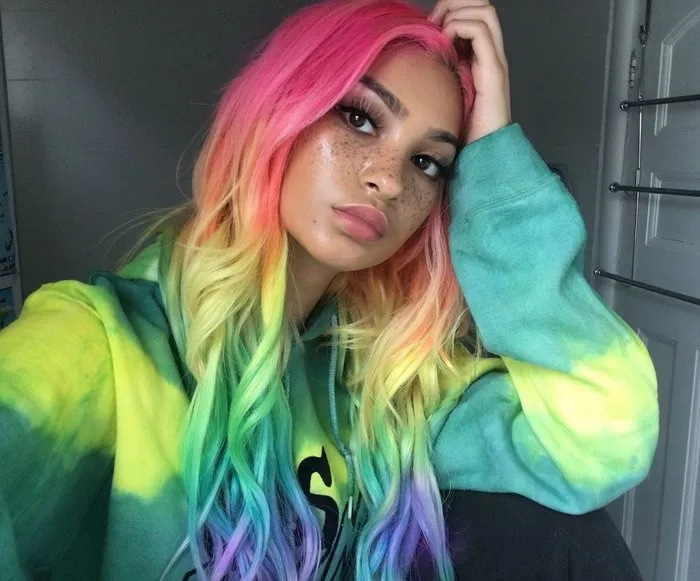Embarking on a DIY haircut and dyeing adventure can be both exciting and daunting for women looking to switch up their hairstyle. While professional salon services offer precision and expertise, there are practical tips and tricks for those brave enough to attempt a DIY haircut and color at home. From choosing the right tools to mastering dye application, here’s a guide to help women achieve a successful DIY haircut and hair dyeing experience.
1. Gather the Right Tools:
Before starting a DIY haircut, ensure you have the right tools. Invest in professional hair-cutting scissors for a clean cut, sectioning clips to keep hair organized, and a fine-tooth comb for precise parting. For hair dyeing, grab a mixing bowl, applicator brush, and gloves. Having the proper tools contributes to a smoother process and better results.
2. Choose the Right Haircut Style:
Consider the style you want to achieve before picking up the scissors. For beginners, simple trims or adding layers are safer options. Online tutorials and visual references can guide you through the process. Avoid complicated styles that require intricate cutting techniques unless you have prior experience.
3. Start with Dry, Straightened Hair:
Cutting and dyeing hair is best done on dry, straightened hair. This allows for a more accurate assessment of length and ensures an even application of hair dye. Straightening the hair also helps in identifying split ends and achieving a more precise cut.
4. Section Your Hair:
Sectioning is crucial for both cutting and dyeing processes. Divide your hair into manageable sections using clips, focusing on one section at a time. This makes the DIY haircut and dye application more organized and prevents uneven results.
5. Trimming Split Ends:
If you’re not comfortable with a full haircut, focusing on trimming split ends can refresh the look of your hair. Take small sections, twist them, and trim the visible split ends. This simple technique can improve the overall appearance and health of your hair.
6. Gradual Dyeing for Beginners:
If you’re new to hair dyeing, consider a gradual approach. Start with a semi-permanent or temporary dye to get accustomed to the process and see how the color looks on your hair. This allows you to make adjustments before committing to a permanent color.
7. Follow the Instructions:
Whether cutting or dyeing, always follow the instructions provided with the products. Different hair types and products require specific application techniques and processing times. Skipping or modifying steps may lead to undesired results.
8. Protect Your Skin and Clothes:
Hair dye can stain skin and clothes, so take precautions. Apply petroleum jelly along your hairline and wear an old shirt or use a cape to protect your clothing. Use gloves to avoid staining your hands during the dyeing process.
9. Rinse and Condition:
After dyeing, rinse your hair thoroughly, and follow up with a quality conditioner. This helps lock in moisture and maintain the vibrancy of the color. Use sulfate-free shampoos to prolong the life of your hair color.
10. Seek Professional Help When Needed:
While DIY projects can be empowering, there are instances when seeking professional help is essential. If you’re attempting a drastic haircut or a complex color change, consulting with a hairstylist can ensure the best results and minimize the risk of errors.
FAQs on DIY Haircut and Hair Dyeing:
Q1: Can I cut my hair if I have no experience?
A1: Yes, but start with simple trims or minor adjustments. Watch tutorials, follow guidelines, and use professional scissors. If attempting a complex cut, it’s advisable to seek professional help.
Q2: How can I fix a DIY haircut gone wrong?
A2: If you’re unhappy with the results, consider seeking professional assistance to correct the cut. Hairstylists have the expertise to fix uneven lengths or other issues resulting from a DIY haircut.
Q3: Can I dye my hair multiple times in one session?
A3: It’s generally not recommended to dye your hair multiple times in one session, especially if you’re drastically changing colors. Over-processing can damage the hair. Follow the instructions on the hair dye product and consider seeking professional advice for major color changes.
Q4: What should I do if I experience an allergic reaction to hair dye?
A4: If you experience itching, redness, or swelling after dyeing your hair, rinse it immediately and consult a healthcare professional. Conduct a patch test before using any hair dye to check for potential allergies.

